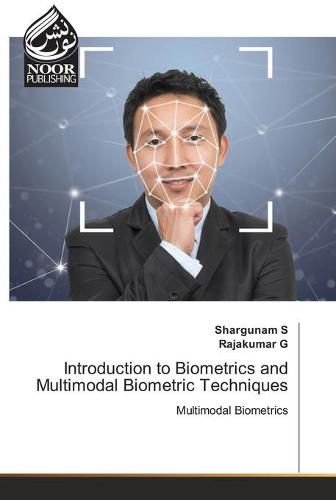Readings Newsletter
Become a Readings Member to make your shopping experience even easier.
Sign in or sign up for free!
You’re not far away from qualifying for FREE standard shipping within Australia
You’ve qualified for FREE standard shipping within Australia
The cart is loading…






This title is printed to order. This book may have been self-published. If so, we cannot guarantee the quality of the content. In the main most books will have gone through the editing process however some may not. We therefore suggest that you be aware of this before ordering this book. If in doubt check either the author or publisher’s details as we are unable to accept any returns unless they are faulty. Please contact us if you have any questions.
Biometric systems are used increasingly to recognize individuals and regulate access to physical spaces, information, services, and to other rights or benefits, including the ability to cross international borders. The motivations for using biometrics are diverse and often overlap. They include improving the convenience and efficiency of routine access transactions, reducing fraud, and enhancing public safety and national security. Questions persist, however, about the effectiveness of biometric systems as security or surveillance mechanisms, their usability and manageability, appropriateness in widely varying contexts, social impacts, effects on privacy, and legal and policy implications.
$9.00 standard shipping within Australia
FREE standard shipping within Australia for orders over $100.00
Express & International shipping calculated at checkout
This title is printed to order. This book may have been self-published. If so, we cannot guarantee the quality of the content. In the main most books will have gone through the editing process however some may not. We therefore suggest that you be aware of this before ordering this book. If in doubt check either the author or publisher’s details as we are unable to accept any returns unless they are faulty. Please contact us if you have any questions.
Biometric systems are used increasingly to recognize individuals and regulate access to physical spaces, information, services, and to other rights or benefits, including the ability to cross international borders. The motivations for using biometrics are diverse and often overlap. They include improving the convenience and efficiency of routine access transactions, reducing fraud, and enhancing public safety and national security. Questions persist, however, about the effectiveness of biometric systems as security or surveillance mechanisms, their usability and manageability, appropriateness in widely varying contexts, social impacts, effects on privacy, and legal and policy implications.